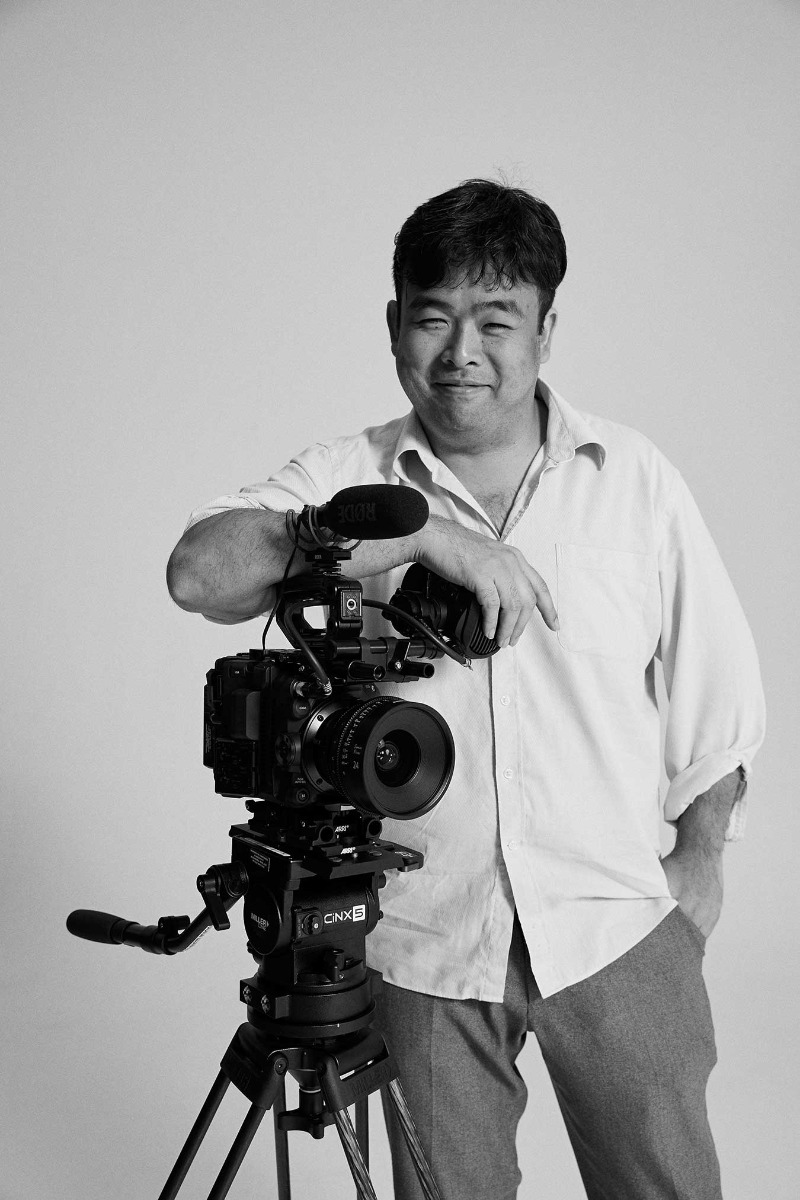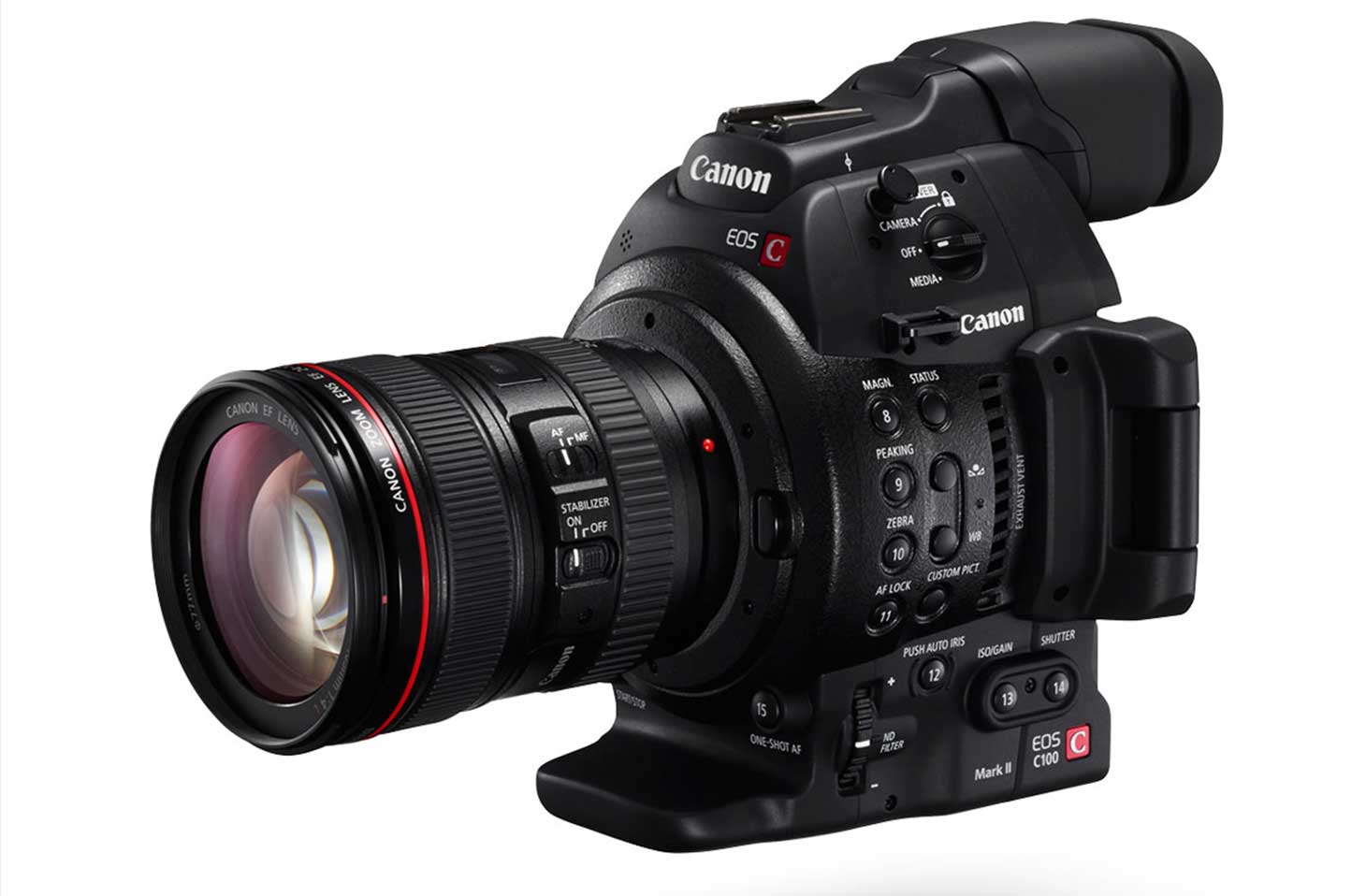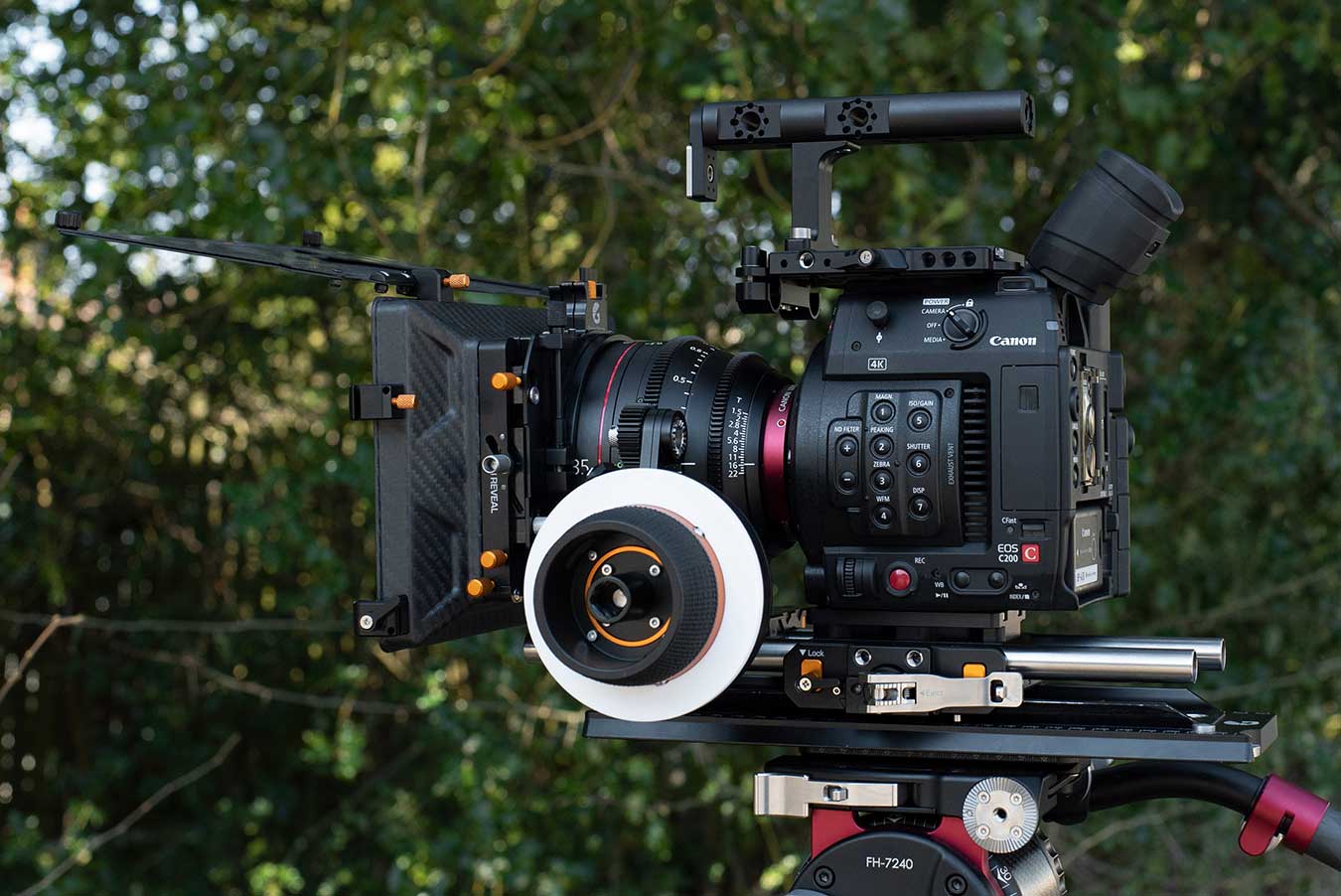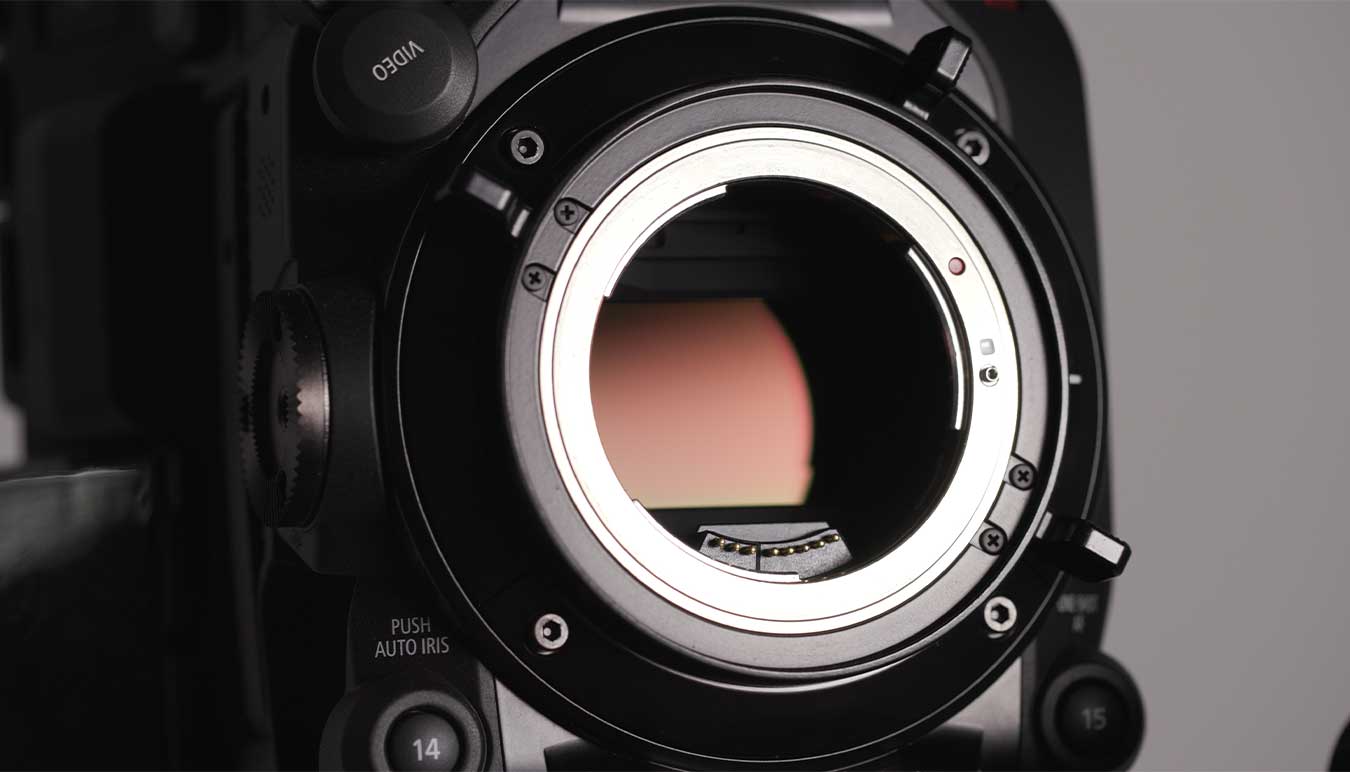Which cinema camera is right for your brief?
In his first instalment, SUNSTUDIOS Sydney hire video specialist David Tran walks you through the differences between the Canon EOS C100 Mark II, EOS C200 and EOS C300 Mark II and III to help determine which best suits your brief.
For my entire career, Canon video and cinema has been known for beautiful colours and beautiful cinematic images.
I remember ten years ago playing around with a EOS 5D Mark II and thinking, "Wow, this is easy - I can shoot while holding a camera in my hands and get great images five seconds out of the box."
Technology has come a long way, and since then there are many new cameras, shooters, production houses, and streamers all with a wide range of needs.
The range of cameras available in the industry today range from very good to world class. Today, I'll share some of my experiences with the Canon cinema camera range that we have for rental and sale at SUNSTUDIOS to help shed light on which is right for your shoot.

David Tran with the Canon EOS C500 Mark II by Kristina Yenko
EOS C100 Mark II
Remember the days when you could shoot something, drag the footage from the memory card and into a nice fresh editing timeline? Remember the days when you didn't need three computers hooked up together to resolve that 8K footage?
This camera has the beautiful Canon look and a very simple editing workflow. And no nonsense, smaller file sizes that don't require super high-spec computers.
I wish I had one when I was shooting corporates five or six years back as it has perfect compatibility with my L series lenses, and is a small, light camera body for shooting HD.
This is a camera I would recommend to any shooter working in 1920x1080 who knows this footage will not be converted to 4K format in the future. It weighs less than 2kg, plus battery and some accessories around 3.5kg.
It's a brilliant camera that has been designed from years of feedback from shooters in the field who specialise in weddings, corporates and documentaries. You take the camera out of the box, put it on a shoulder rig or tripod and you can be shooting in less than three minutes.
It's compact but sturdier than a DSLR. And made for video containing features like built-in ND filters to shoot with shallower depth of field without the need for extra front-element filtration.
It handles high ISO - not as well as some others due to its grain profile - but in a pinch you can shoot in low light situations and maintain good depth of field at a good and decently high-ish F-stop in dark situations.
It also has C-LOG which is a feature that especially helps maintain highlights in high scenarios. The camera is very good in almost every situation.

EOS C300 Mark II
So what does the upgrade to the EOS C300 Mark II offer?
I once heard a story from a cinematographer who accidentally shot B-roll footage at 6400 ISO on an EOS C300 Mark II. The operators had not noticed the ISO change and were shooting with the camera ND filters in.
Before this generation came out, the footage would have been unsavable. It would be too grainy - especially in this scenario as they were shooting for a TV show.
But they projected the footage, and the difference between the normal footage shot at 800 ISO was hardly different to the 6400 ISO B-roll.
Not that 6400 ASA film stock exists, but if it did, can you imagine even 800 or 1000 ASA stock looking like 200 ASA stock? That's the sort of comparison we are talking about with this camera and that's how far the technology has come. The EOS C300 Mark II gives that level of comfort to a cinematographer or videographer - an extra four stops of light.
That's the difference between say having to shoot wide open at night, to shooting F8. Canon is definitely the leader in low-light shooting in the world today and the EOS C300 Mark II is a big reason for it.
Have a look at The Defiant Ones: the beautiful and rich skin tones. The EOS C300 Mark II shoots broadcast and Netflix ready at 4K DCI resolution (4096 x 2160).
It also has a variety of file formats and information retention from sensor to file that improves the camera on DSLR, mirrorless and C100 options. You often hear the phrase 10-bit talked about. What people are talking about is the number of colours per channel - or two to the power of 10 which is 1024. This gives you more nuanced colours in shooting elements such as the sky. It also gives you more ability to colour grade and create more sophisticated and nuanced colour palettes in DaVinci Resolve.
It also has all the good things the EOS C100 Mark II has like lightweight build and internal ND filters, making it a very good option for 4K run-and-gun shooting and popular with high-end doco and TV documentary shooting. If you want to go to the country with less gear, hike six kilometres to location or shoot in small car situations then this camera is perfect.
Need a camera that can support more infrastructure, longer shooting with bigger batteries, and bigger productions with wireless transmission of footage? This camera can definitely do that too and will still be smaller than many of its competitors.
It also has auto focus. Granted, it's technology from four or five years ago, but this auto-focus is going to be very important for cameras that come next.

The Canon EOS C200 in use with Bright Tangerine accessories - now available at SUNSTUDIOS.
EOS C200
A very good friend of mine (a documentary director and shooter) was raving about this camera when it came out. He began a holy war to raise the money to get it.
And if you look at some of the footage that can come out of this camera you can understand why.
C200 JAGUAR F-PACE WORLD CAR AWARDS COMMERCIAL from B R E T T D A N T O N on Vimeo.
OK - the video was shot in Queenstown and OK-OK - that's not fair because they have some of the nicest light in the world. But look at those colours and that fine dynamic range detail. How did the camera do that!?!?
It's partly the result of camera RAW. All the photographers know what RAW is. But shooting RAW for every frame, 25 frames a second, for minutes and hours on video? That was the realm of the most expensive cameras in the world. Until the EOS C200 camera came out.
This camera also does something quite special with the raw footage that it captures - it records 12 bit raw. This is two to the power of 12 colours per channel, which gives four times the amount of complexity of colour in the Red, Blue and Green channels.
That's 68 billion colours available to the EOS C200 RAW mode vs the more than one billion colours available to the EOS C300 Mark II.
That's also why when you look at the sky and in the greens of the Queenstown video, you can see colour detail similar to real life.
Not everyone wants to shoot RAW all the time. It takes up a lot of data and this can be a huge factor in cost for a film or series that shoots 80+ hours of footage for a few hours of actual run time.
The reason why this camera is considered roughly the same level and in some eyes, less favourably than the EOS C300 Mark II is because when you are not shooting RAW, you are shooting with the same codec as the EOS C100. With 8 bit, the EOS C200 gets the job done. But there are shooters such as in broadcast who need a better everyday codec without shooting RAW, and that can be the differentiating factor between choosing the EOS C200 or EOS C300 Mark II.

The Canon EOS C300 Mark III is coming soon to SUNSTUDIOS. Image by Daniel Congerton.
Canon EOS C300 Mark III
So while it's not technically here yet, the next generation is arriving VERY soon. The Canon EOS C300 Mark III is our Super-35 sensor size, 4K camera and will be capable of shooting 120fps in 4K.
It can also employ a 16mm mode which crops the sensor enabling 4K 180fps, and implements new sensor technology which natively shoots a high dynamic range output otherwise known as DGO (or in photographer speak instantaneous bracketing).
This camera can simultaneously shoot two exposures at the same time, guaranteeing 16 stops of dynamic range, and more than 16 when shooting in HDR.
The early tests are incredible with noise in shadows seemingly disappearing. It easily beats the EOS C500 Mark II for noise in the shadows, and that camera was probably already one the best low light cameras on the market.
The C300 Mark III implements the same body design principles as the EOS C500 Mark II, looking at a square shape with the option for modular extension units for V-locks. It also has internal RAW-light functionality the same as the EOS C500 Mark II.
Very exciting times ahead!
Soon I'll take you through the EOS C500 Mark II and EOS C700 we also have in hire. Come in, have a chat and have a play with some of the amazing equipment we have available.
Contact our rental teams in your state for more information:
Sydney Rental | equipment@sunstudiosaustralia.com | P: +61 2 9641 5533
Melbourne Rental | melbourne@sunstudiosaustralia.com | P: +61 3 8695 9700
